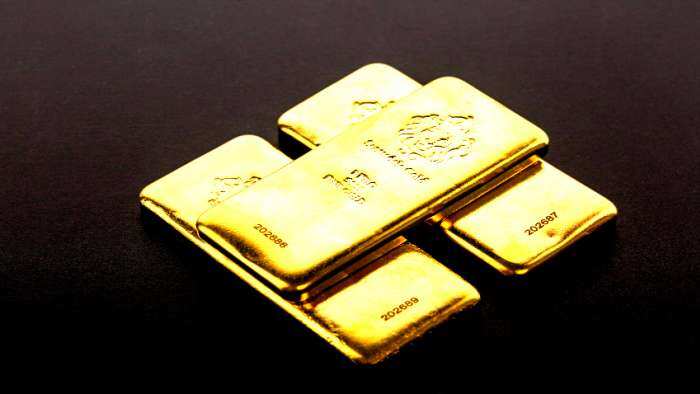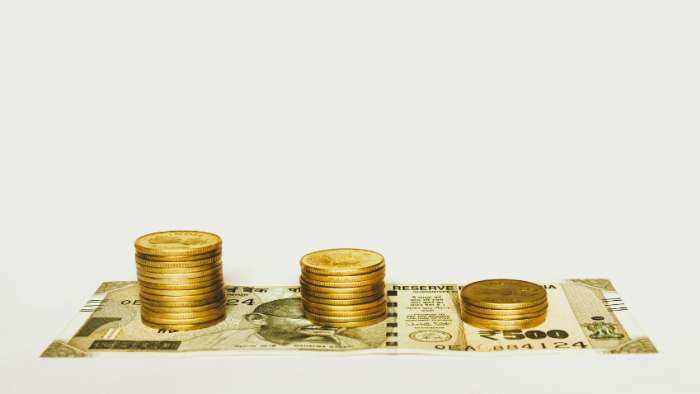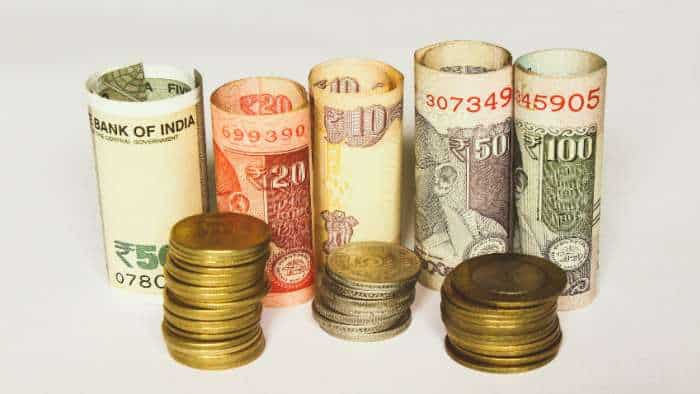Income inequality in India increased rapidly since 1980s: Report

India has witnessed rapid increase in inequality beginning 1980s with top one per cent of the population cornering as much as 22% of the national income, says a report.
The share of national income accruing to the top 1 per cent income earners is now at its highest level since the creation of the Indian Income tax in 1922, says the paper on 'Indian income inequality, 1922-2014: From British Raj to Billionaire Raj?' by renowned economists Lucas Chancel And Thomas Piketty.
"The top 1 per cent of earners captured less than 21 per cent of total income in the late 1930s, before dropping to 6 per cent in the early 1980s and rising to 22 per cent today," it said.
The turnaround of income inequality (in 1983-84) seems consistent with the implementation of a new economic policy agenda to disengage the public sector and to encourage entrepreneurship as well as foreign investments.
"The start of the process has been associated with the nomination of Rajiv Gandhi as Prime Minister in 1984," said the two economists.
As per the paper, they document a large increase in the level of inequality in India over the recent period and a large increase in the current level as compared to survey- based statistics generally used in public debates.
"We find that our results are robust to a large set of alternative estimation strategies addressing important data gaps," they said.
The paper said that top income shares and top income levels were sharply reduced in the 1950s to the 1970s at a time when strong market regulations and high fiscal progressivity are implemented.
During this period, bottom 50 per cent and middle 40 per cent incomes grew faster than average.
"The trend reverted in the mid 1980s with the development of pro-business policies," it said.
According to the paper, the 'shining India' was about the prosperity of top 10 per cent of the population and not those belonging to the middle income group.
"'Shining India' corresponds to the top 10 per cent of the population (about 80 million adult individuals in 2014) rather than the middle 40 per cent.
"Relatively speaking, the shining decades for the middle 40 per cent group corresponded to the 1951-1980 period, when this group captured a much higher share of total growth (49 per cent) than it did over the past forty years," it said.
The paper further noted that since the early 1980s, growth has been highly unevenly distributed within the top 10 per cent group.
"This further reveals the unequal nature of liberalisation and deregulation processes. India in fact comes out as a country with one of the highest increase in top 1 per cent income share concentration over the past thirty years," said the economists.
Get Latest Business News, Stock Market Updates and Videos; Check your tax outgo through Income Tax Calculator and save money through our Personal Finance coverage. Check Business Breaking News Live on Zee Business Twitter and Facebook. Subscribe on YouTube.
RECOMMENDED STORIES

Top 7 Gold ETFs With Best Returns in 3 Years: No.1 ETF has converted Rs 7 lakh investment into Rs 10.80 lakh; know how others have fared

Rs 55 lakh Home Loan vs Rs 55 lakh SIP investment: Which can be faster route to arrange money for Rs 61 lakh home? Know here

Top 7 Flexi Cap Mutual Funds With up to 52% SIP Return in 1 Year: Rs 20,000 monthly SIP investment in No. 1 fund has generated Rs 3.02 lakh; know about others too
07:45 PM IST









 India to grow at 6.8% in FY25, to become upper middle-income country by 2031
India to grow at 6.8% in FY25, to become upper middle-income country by 2031 Jharkhand GDP projected to grow 7.7% in FY 25: Economic survey
Jharkhand GDP projected to grow 7.7% in FY 25: Economic survey India home to 247 million entrepreneurial households driving $8.8 trillion transaction value
India home to 247 million entrepreneurial households driving $8.8 trillion transaction value Retirement Planning: Follow these tips to save tax on pension income
Retirement Planning: Follow these tips to save tax on pension income What is fractional investing in real estate and how it works: All you need to know
What is fractional investing in real estate and how it works: All you need to know